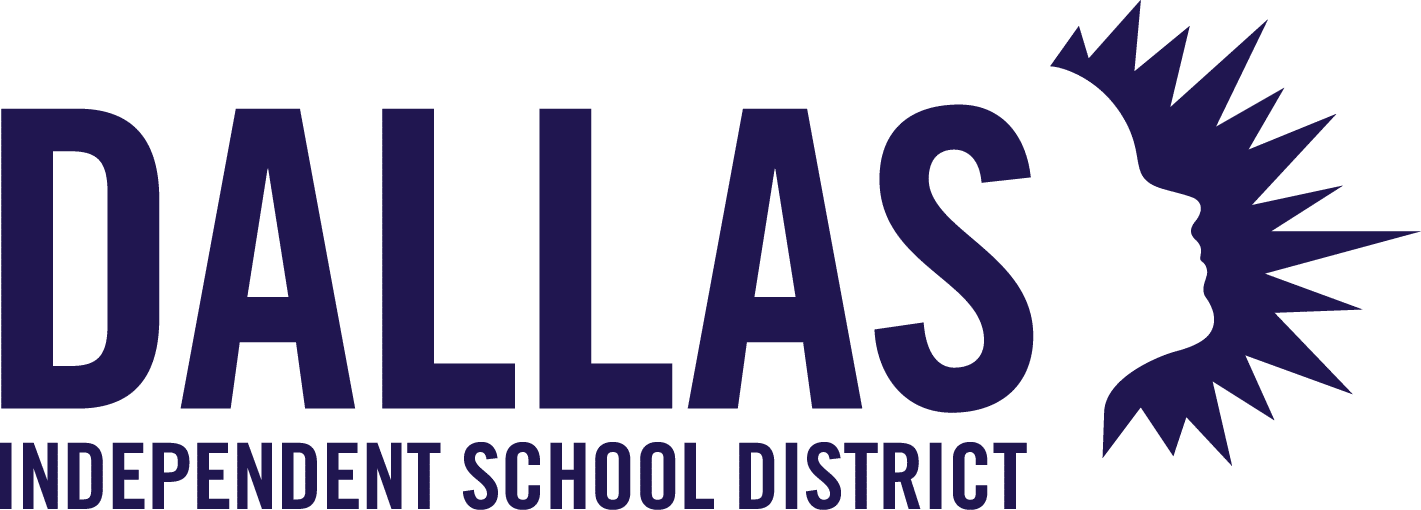ADVANCED ACADEMICS:
A Gateway to Self-Discovery and Opportunity
Access to and support through rigorous courses prepares students for whatever comes next.
Self-Discovery, Skill Building & Postsecondary Preparation
Advanced academic programs are formative experiences in a student’s academic and personal growth—and an important conduit to positive CCMR outcomes. By engaging in rigorous coursework, students:
- Explore diverse content and skill sets
- Learn how to learn in complex academic environments
- Visualize themselves thriving in postsecondary settings
- Gain risk-tolerance, perseverance, and confidence
Research shows that participation in AP, IB, and dual credit programs is a strong predictor of postsecondary success.
Moreover, by 2031, 85% of promising careers will require college or technical training.
Districts that encourage and enhance access to advanced academics open doors to the future while fueling their CCMR initiatives.
Explore Advanced Academics Resources
Expanding Access to Advanced Courses
For best results, districts should dissolve barriers to entry and build community-customized advanced academic programs.
In 2024, 24% of Texas students in grades 10–12 took an AP exam, with more than 360,000 tests taken. 45% of test takers received a state-offered fee reduction for low-income families. There are 93,000 students in open enrollment programs that blend high school and college coursework, known as College and Career Readiness School Models (CCRSM). The majority of those students come from historically underserved groups.
These statistics underscore that interest and success in advanced academics transcend demographics and boundaries.
However, access gaps remain due to:
- TSIA testing barriers for dual credit course(s) access
- Adult gatekeeping mindsets
- Lack of outreach to families
- Student misconceptions about who advanced coursework is “for”
DATA
Disaggregated student data can help school districts understand which students are participating in advanced academics, which are not, and what measures can improve access to programs for both groups.
COMMUNICATION
Schools must educate parents, guardians, and families about the importance and opportunities of advanced academics—and begin this messaging even before middle school.
Advisors should not only be experts in advanced academics, but should actively communicate, early and often, with students and their families.
TSIA
The TSIA can be a barrier to entry for dual credit programs and a puzzle for districts to solve. To begin, districts should answer these questions:
- How often should we test students?
- When should we begin testing?
- What type of remediation will we offer for students who don’t meet benchmarks?
The barrier has become more nuanced following House Bill 8, as many colleges are now waiving TSI requirements so that any student can take dual credit courses until they reach 15 hours.
After 15 hours, students need to have met TSI criteria (although they can achieve that by enrolling in Math and English in the first 15 hours and passing those courses instead of taking the exam).
ADULT MINDSET
Often, negative adult mindsets about student readiness for advanced courses prevent participation. Districts with lower participation rates are typically ones with adults providing input that could be described as “gatekeeping.”
First exposure to advanced academics in high school might be too late. Gaps in participation are already in place by middle school and typically even earlier. Student focus groups have revealed that by the time they get to high school, some students already get the sense they aren’t “supposed” to be in “smart classes.”
The mindset of teachers and adults must be geared to delivering the message that these courses are available and should be considered by every student.
REACH
For advanced academic programs to succeed, students must hear the message that these options exist and can support and even help shape their goals.
Effectively engaging students and suggesting the right course at the right time depends on understanding their values and vision for their lives—taking care not to limit students to options they already know about.
COMMUNITY OUTREACH
Districts should seek out partnerships between themselves, community members, and industry leaders for more chances to engage students.
The earlier students are exposed to advanced academics, the more likely they are to participate at some point in their K-12 journey.
POLICIES
Districts are now required to move from an opt-in model to an opt-out policy so that all students who score well on state exams are automatically enrolled in advanced mathematics, reading, science and social studies courses—or some combination of advanced courses.
Senate Bill 2124 (88th Session) cemented this policy for math programs in Texas.
Possibility and Rigor:
The Many Forms of Advanced Academics
Examples of Advanced Academic Programs
Access to advanced academic programs like these is just the start. Students need ongoing support to thrive in advanced coursework.
Schools must:
- Build early pathways and awareness starting even before middle school
- Offer “entry point” or “preparatory” courses to prepare students for the rigor of college-level or Honors courses
- Train staff to shift from gatekeeping to gate-opening mindsets
- Scaffold student success with tutoring and early warning systems
- Provide extra support for online courses
- Hire expert instructors and monitor program quality
Also, districts should blend CTE and advanced academics into cohesive programming. The link between career prep and advanced academics is an AND, not an OR. CTE and advanced academics are both essential—engineering those programs in a unified way opens more doors, unlocks more efficiencies, and avoids putting kids onto restrictive tracks.
Advanced Academics Fuel Student and District Success
Advanced academic programs are a rising tide that lifts all boats. The benefits of advanced coursework ripple outwards—boosting students’ performance, increasing college enrollment, and expanding district resources through CCMR Outcomes Bonuses.
Contigo Ed’s district analyses show that even students in the lowest GPA quartile who participate in advanced academics are more likely to enroll, persist, and graduate from college.
Key Benefits of Effective Programs:
- Higher student confidence and engagement
- Better preparation for postsecondary demands
- Data-driven student placement and progress tracking
- Long-term success across academic, career, and life milestones
Student success feeds district CCMR Outcomes Bonus success, creating a feedback loop that allows for continual reinvestment in advanced academics programs.
Case(s) in Point
This is how it’s done. Districts like Houston ISD, Dallas ISD, and Ingram ISD are leading the way, building strong and balanced advanced academic programs that start early, remove entry barriers, and promote participation across the student population.
Case Studies and Success Stories
Every student deserves the challenge—and opportunity—of advanced coursework. Districts that invest in these programs not only prepare students for the future but also help shape it.

